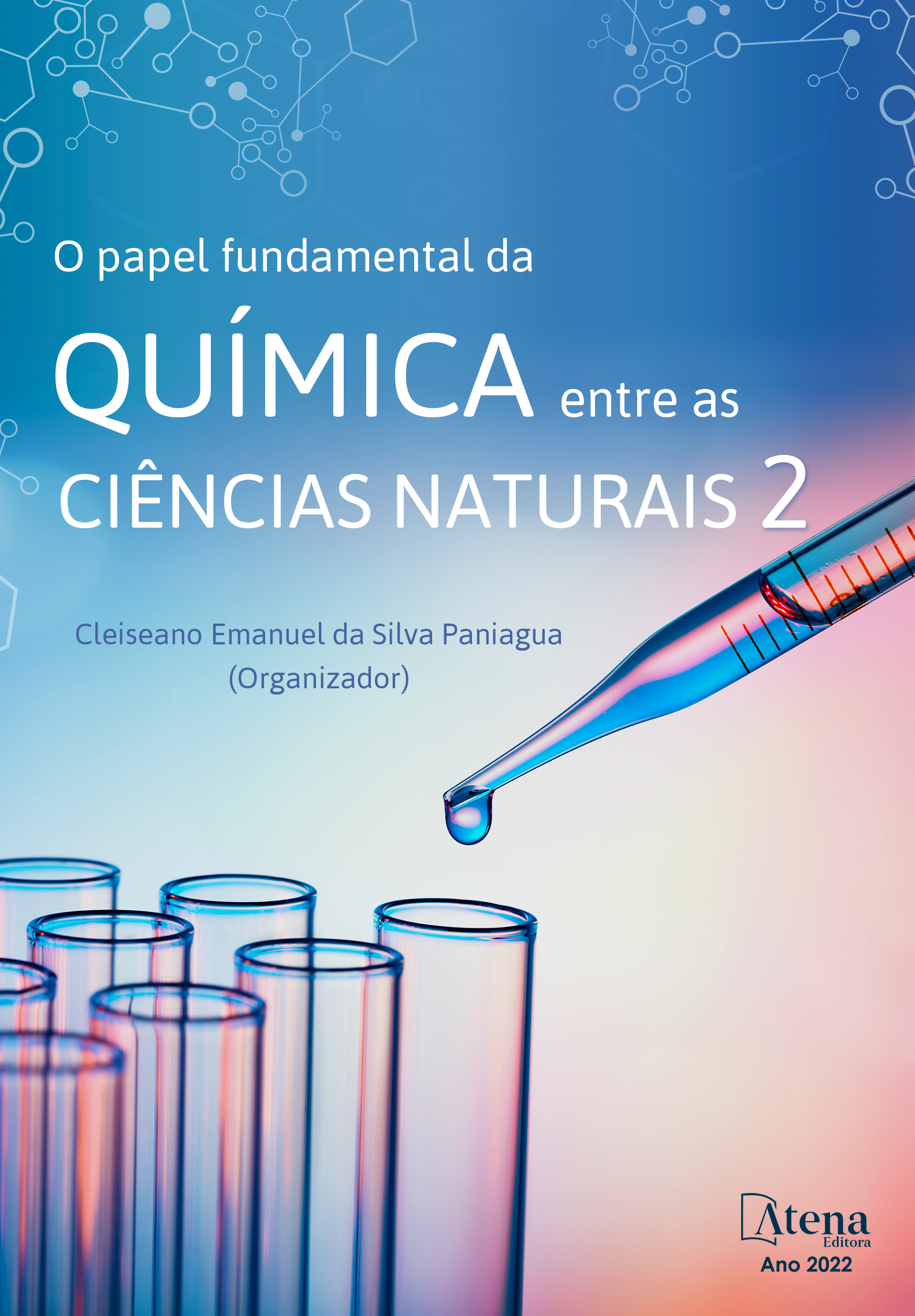
UTILIZAÇÃO DA BACTÉRIA VIBRIO FISCHERI NA INDICAÇÃO DE TOXICIDADE AGUDA PROVENIENTES DE CONTAMINANTES DE INTERESSE EMERGENTE E SEUS PRODUTOS DE DEGRADAÇÃO AVALIADOS EM DIFERENTES MATRIZES AQUOSAS
Os Contaminantes de Interesse Emergente (CIE) são substâncias pertencentes a inúmeras classes (pesticidas, fármacos, corantes, hormônios, microplásticos entre outros) e que estão sendo detectados e quantificados com maior frequência e concentração em diferentes ecossistemas e em especial, as biotas aquáticas. Entretanto, as inúmeras pesquisas não se limitaram a investigar somente a presença, mas a correlacionar os CIEs a diferentes efeitos deletérios ocasionados a inúmeros organimos pertencentes a diferentes níveis tróficos da cadeia alimentar. Diante disso, inúmeros micro-organismos vêm sendo empregados para se invesigar a toxicidade aguda. Entre estes, destaca-se a bactéria Vibrio fischeri que possui bioluminescência e que esta possui capacidade inibição na presença tanto de CIEs, quanto de seus produtos de transformação. Estes micro-organismos apresentam elevada sensibilidade a toxicidade expressa por substâncias em concentrações traços (µg/L) e ultra-traços (ng/L) que é expressa pela redução/inibição da bioluminescência desta bactéria. Além disso, a Vibrio fischeri não confere nenhum dano aos ecossistemas e não precisa de avaliação de questões éticas em relação ao seu uso, visto que é um micro-organismo considerado atóxico. Os resultados apresentados e discutidos ao longo deste trabalho, apontam que a bactéria apresenta bons resultados em relação a inibição da bioluminescência tanto para a toxicidade provenientes de susbtâncias presentes na composição das inúmeras matrizes aquosas in natura, quanto para as que foram adicionado CIEs e posteriomente avaliado. Vale destacar que nos trabalhos que foram avaliados a bactéria apresentou bons resultados frente a diversidade de contaminantes que indicam toxicidade aguda em curto intervalo de tempo. Diante disso, pode-se concluir que a bactéria é um excelente indicador de toxicidade de substâncias em concentrações muito baixas. No entanto, os ensaios de toxicidade necessitam de uma avaliação mais completa utilizando tanto organimos de diferentes níveis tróficos, quanto avaliações de toxicidade a curto, médio e longo prazo.
UTILIZAÇÃO DA BACTÉRIA VIBRIO FISCHERI NA INDICAÇÃO DE TOXICIDADE AGUDA PROVENIENTES DE CONTAMINANTES DE INTERESSE EMERGENTE E SEUS PRODUTOS DE DEGRADAÇÃO AVALIADOS EM DIFERENTES MATRIZES AQUOSAS
-
DOI: 10.22533/at.ed.27122060411
-
Palavras-chave: bioluminescência, biotas aquáticas, níveis tróficos e toxicidade aguda
-
Keywords: bioluminescence, aquatic biotas, trophic levels and acute toxicity
-
Abstract:
Contaminants of Emerging Concern (CEC) are substances belonging tonumerous classes (pesticides, pharmaceuticals, dyes, hormones, microplastics, among others) that are being detected and quantified with greater frequency and concentration in different ecosystems and, in particular, in aquatic biotas. However, the numerous researches were not limited to investigating only the presence, but to correlate the CEC’s to different deleterious effects caused to countless organisms belonging to different trophic levels of the food chain. Therefore, numerous microorganisms have been used to investigate acute toxicity. Among these, the bacterium Vibrio fischeri stands out, which has bioluminescence and that it has inhibition capacity in the presence of both CEC’s and their transformation products. These microorganisms are highly sensitive to toxicity expressed by substances in trace (µg/L) and ultra-trace (ng/L) concentrations, which is expressed by the eduction/inhibition of the bioluminescence of this bacterium. In addition, Vibrio fischeri does not cause any damage to ecosystems and does not need to be evaluated on ethical issues in relation to its use, since it is a microorganism considered non-toxic. The results presented and discussed throughout this work, indicate that the bacterium presents good results in relation to the inhibition of bioluminescence both for the toxicity from substances present in the composition of the numerous aqueous matrices in natura, as for those that were added CEC’s and later evaluated. It is worth noting that in the studies that were evaluated, the bacterium presented good results against the diversity of contaminants that indicate acute toxicity in a short period of time. Therefore, it can be concluded that the bacterium is an excellent indicator of toxicity of substances in very low concentrations. However, toxicity assays need a more complete evaluation using both organisms of different trophic levels, as well as short, medium and long term toxicity assessments.
-
Número de páginas: 14
- Valdinei de Oliveira Santos
- Cleiseano Emanuel da Silva Paniagua


